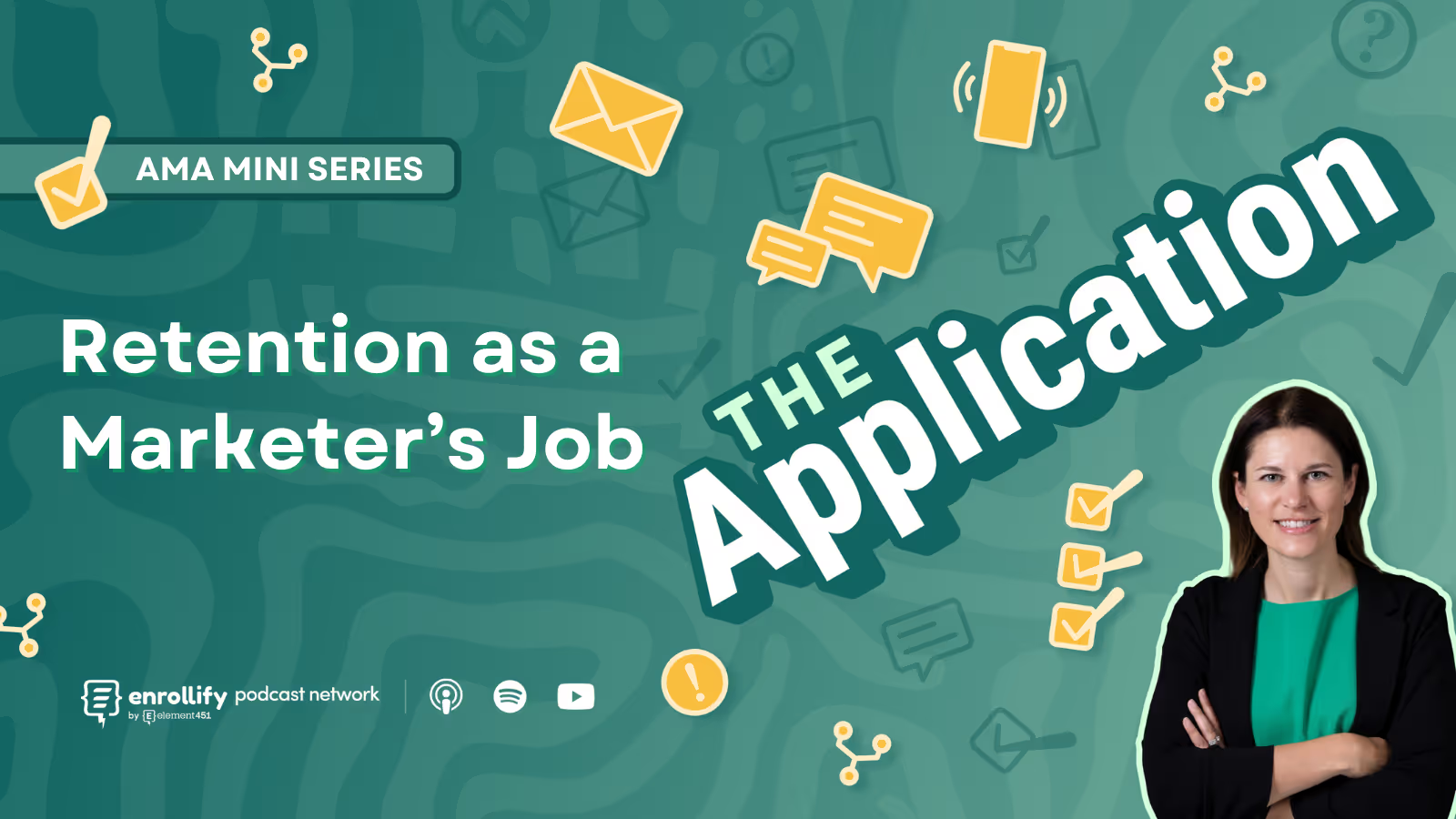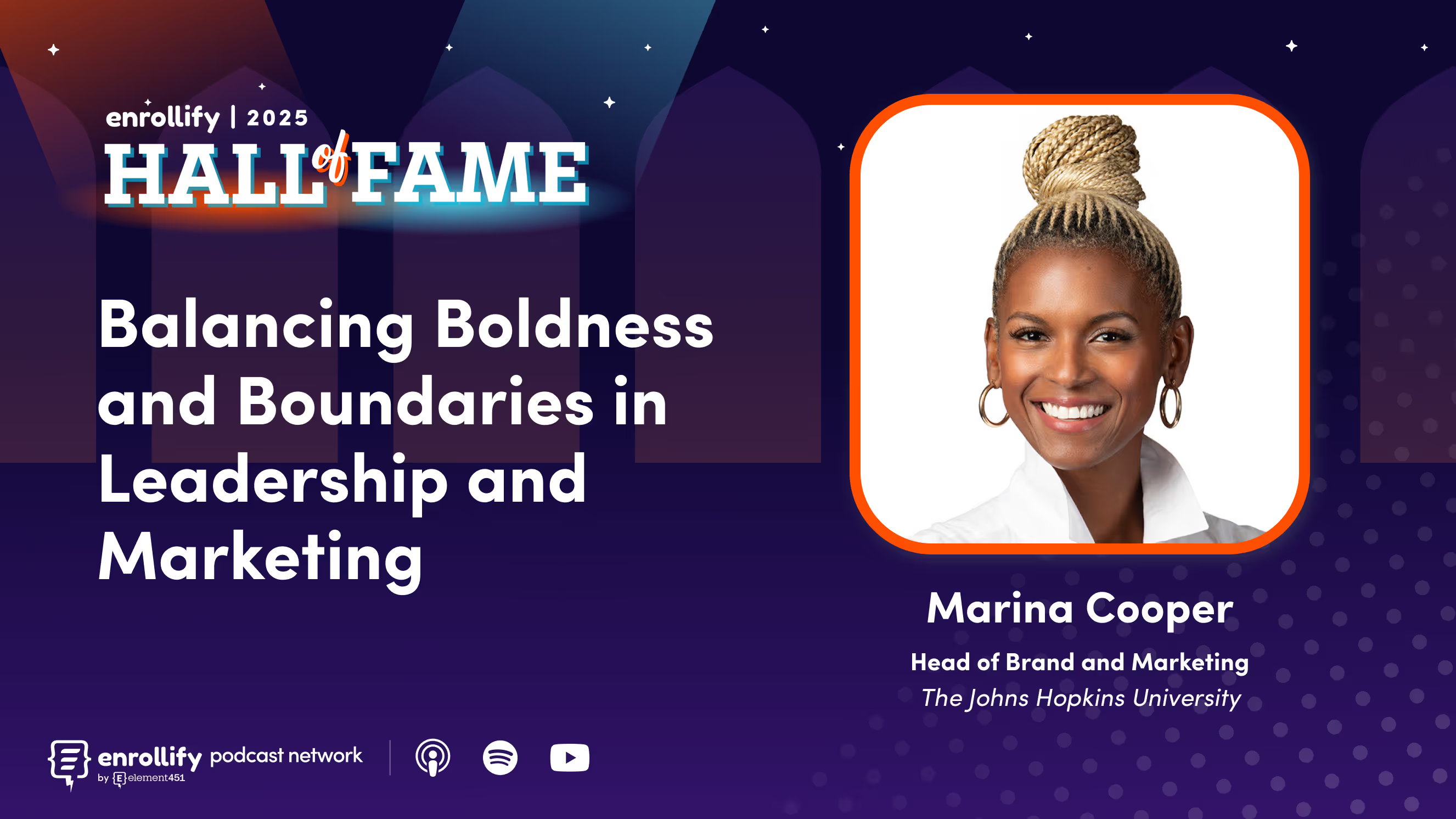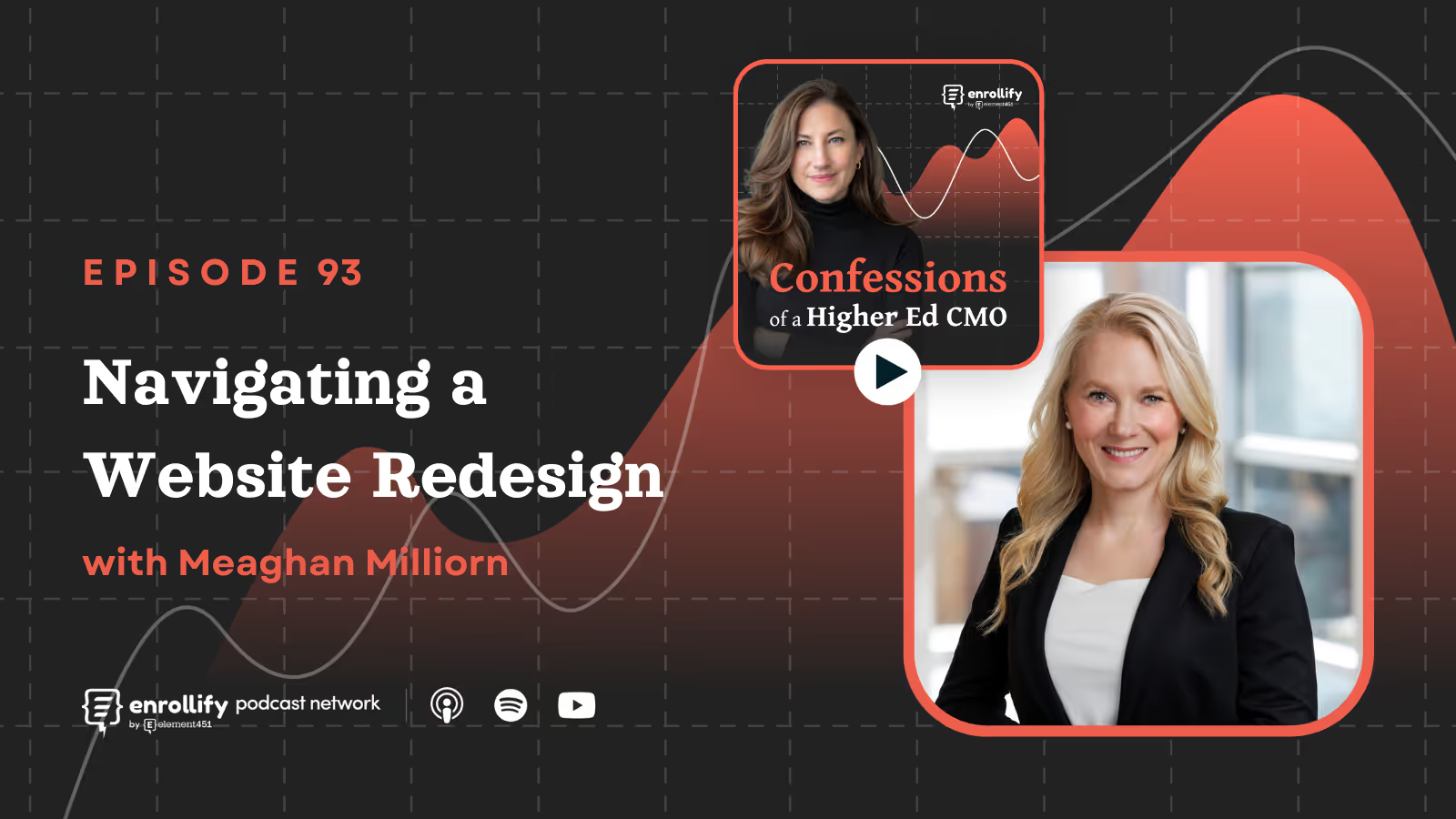About the Episode
About The Episode:
In this technical deep-dive episode, Generation AI hosts Ardis Kadiu and Dr. JC Bonilla unpack Andrej Karpathy's groundbreaking keynote on "Software 3.0" - the third revolution in how we tell computers what to do. They explore how we've moved from writing explicit code (Software 1.0) through neural networks (Software 2.0) to programming in plain English with LLMs (Software 3.0). The discussion reveals why LLMs represent a new computing paradigm comparable to the shift from mainframes to personal computers, and why Karpathy believes we're still in the "1960s era" of this revolution. Most importantly, they examine the massive opportunities this creates - from rebuilding infrastructure to creating agent-first applications - and why every software company needs to adapt or risk disruption. Whether you're a developer, entrepreneur, or education professional, this episode provides essential insights into the decade-long transformation ahead.
Key Takeaways
- Software 3.0 marks a paradigm shift where natural language becomes the new programming interface, powered by LLMs.
- LLMs are evolving into new computing platforms, with their own "operating systems," resource requirements, and UI challenges.
- Education and infrastructure must transform to support LLM-first applications, including new skillsets like prompt engineering and AI reasoning.
- Agent-first software is coming, but it will be a decade-long transition—think augmentation, not replacement.
- Non-programmers are empowered like never before, as seen in real-world use cases like Vibe Coding’s rapid prototyping.
- Entrepreneurs and developers must adapt quickly to avoid disruption from AI-first competitors.
Episode Summary: FAQs and Deep Dive
What is Software 3.0, and how is it different from previous generations?
Software 3.0 is the next era of software development where natural language becomes the programming layer. In contrast to Software 1.0 (explicit coding in languages like Python or C) and Software 2.0 (machine learning models trained on massive datasets), Software 3.0 relies on prompting LLMs. You’re no longer writing logic—you’re instructing models in plain English. This democratizes development and opens the door for millions of “non-programmers” to build complex tools and systems.
Karpathy likens this shift to the transition from mainframes to PCs: powerful, centralized models accessed like utilities or platforms. And we’re still in the early stages—think “1960s” of this revolution. That means tremendous opportunity for those who jump in early.
How do LLMs act as the new "Operating System"?
LLMs aren’t just tools—they’re platforms. The hosts discuss how LLMs can be understood as operating systems, with the LLM serving as the CPU and the context window as RAM. There’s a future where apps aren’t coded in the traditional sense, but "vibe coded" through conversations and prompts. This means developers must rethink software architecture to accommodate multi-LLM orchestration, context management, and an entirely new UI paradigm.
Importantly, the GUI for intelligence hasn’t been built yet. We’re still in the "terminal phase"—the modern equivalent of the command-line era. Will voice be the leapfrog interface, or do we need something visual to match human cognitive bandwidth?
Are LLMs reliable and ready for mainstream adoption?
Yes and no. LLMs have incredible strengths—superhuman memory, fast processing—but they also have major limitations. They hallucinate, lack long-term memory, and show "jagged intelligence" (brilliant at some tasks, bad at others). The hosts refer to this as the “50 First Dates” problem: the models forget everything after each interaction.
Karpathy compares LLMs to “digital spirits”—entities that require context and careful handling. Developers must focus on debugging reasoning, not code. That’s a radical shift in mindset.
How should we design Software 3.0 applications?
Software 3.0 apps must be built around four features:
- Context management – structuring information for effective model use
- Multi-LLM orchestration – blending models based on task
- Application-specific GUIs – creating intuitive interfaces
- Autonomy sliders – letting users toggle control levels
This new software design demands thoughtful architecture and user empowerment. It’s not about full automation; it's about collaboration between humans and intelligent agents.
What’s the timeline for AI agents to take over?
According to the hosts, "Agents are overrated—not the year of agents, but the decade of agents." The Iron Man analogy is apt: AI is an augmentation tool, not a full replacement. Think Tesla Autopilot—still not autonomous after 10 years. We must balance ambition with realism, focusing on incremental gains and strong human-in-the-loop systems.
What’s a real-world example of Software 3.0 in action?
At the Engage Conference, a CIO used the no-code platform Lovable to build a working syllabus database in just two hours. That’s the magic of Software 3.0—speed, accessibility, and flexibility. This isn’t just theoretical; it’s already reshaping workflows in education and beyond.
What does this mean for education?
Karpathy's approach in education is radical yet practical: let students and teachers collaborate on real artifacts, like prompts or context packages. We're moving away from rote memorization toward deeper understanding of AI workflows. New roles are emerging—prompt engineers, context curators—and educators must evolve to prepare students for this reality.
It also means rethinking infrastructure: every SaaS tool needs an LLM-accessible equivalent. Forget just UI/UX for humans—think UX for AI agents too.
What should different audiences do right now?
- Developers should master all three software paradigms, experiment with partial autonomy, and stay close to human feedback loops.
- Entrepreneurs must find opportunities to rebuild legacy tools for agent consumption. Think MCP protocols, not just APIs.
- Educators and professionals should start experimenting with vibe coding and build their AI intuition. It’s a long transition, but those who start early will lead.
Connect With Our Co-Hosts:
Ardis Kadiu
About The Enrollify Podcast Network:
Generation AI is a part of the Enrollify Podcast Network. If you like this podcast, chances are you’ll like other Enrollify shows too! Some of our favorites include The EduData Podcast.
Enrollify is produced by Element451 — the next-generation AI student engagement platform helping institutions create meaningful and personalized interactions with students. Learn more at element451.com.















